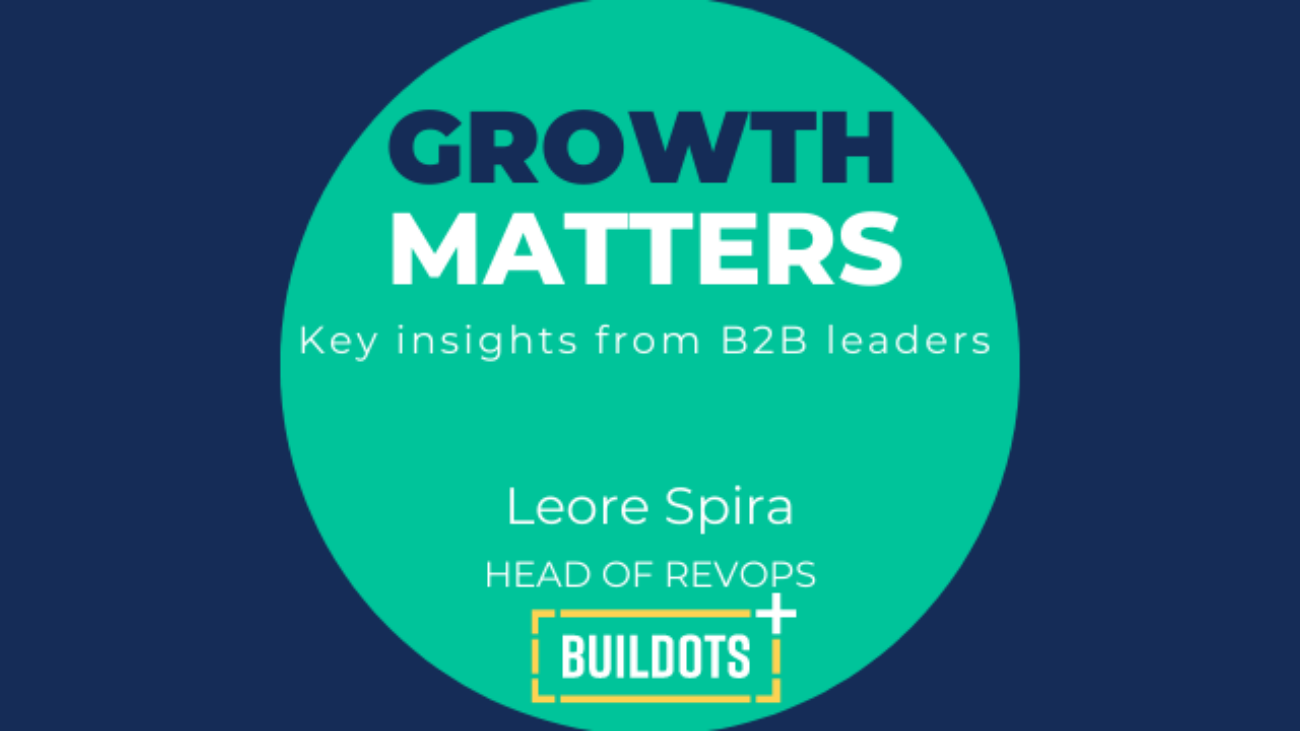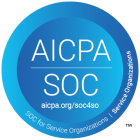The world of business is filled with paradigms, models, and frameworks, each promising a path to success. But few shifts in thinking have been as transformative as the one from sales-led to product-led growth. It’s not merely a change in focus or a new buzzword; it’s a foundational alteration in how B2B companies approach growth, where products become the primary drivers, reshaping strategies, customer interactions, and even the cultural fabric of organizations.
While product-led growth (PLG) has captured the imagination of many and has become a dominant model, it is essential to underline that it is not a universal solution. The decision to adopt PLG or a hybrid model integrating both sales and product-led strategies must be finely tuned to the unique needs, strengths, and goals of a company. The path to PLG may include leveraging sales teams for upsells or handling complex deals, recognizing that traditional methods still have their place in the modern business landscape.
Since 2020, Pendo found that 89% of product leaders perceive their companies as being product-led. Gartner predicts that by 2025, 75% of SaaS providers will implement product-led growth techniques to foster growth and expansion among their existing customer base. This revolution places products at the forefront, serving as the primary growth driver within these organizations. It signifies a fundamental change in perspective, highlighting the critical role that products play in shaping the overall success and trajectory of the company.
Product-led Growth versus Sales-led Growth
We already discussed that different models fit different companies, but to understand the shift from product-led growth towards sales-led growth, we should assess the main differences between these two major growth avenues.
Emphasizing Product Experience
Product-led sales prioritize the product experience as the primary driver of sales, whereas traditional sales methods focus on relationship-building and outreach efforts.
Sales Processes
Product-led growth follows a product-centric and often self-service sales process, whereas traditional sales methods emphasize face-to-face interactions and sales pitches.
Sales Cycle Time
Businesses with a product-led approach have a significantly shorter sales cycle, as customers can use the product to understand its value and make informed buying decisions. In contrast, traditional sales methods often involve a longer sales cycle due to the need for relationship-building and decision-making.
Lead Generation
Lead generation for product-led sales relies on the product itself. However, traditional sales methods mostly rely on external lead sources like events, cold calls, and email campaigns.
Exploring the Benefits of Product-led Growth
Quite frankly, product-led growth empowers businesses to unlock new possibilities, seize opportunities, and deliver exceptional value to customers at every stage. Why should the most innovative businesses consider product-led sales? Well, these benefits make the case for its unprecedented potential:
Diminishing Customer Acquisition Costs (CAC)
All product-led growth organizations have lower CAC since they don’t need to invest much in marketing and advertising. As word-of-mouth promotes your product, new people will sign up for the free or low-cost versions and eventually upgrade to the paid versions.
Enhanced Product Feedback
Listening to the customer experience will lead you to spend more time gathering feedback now that your product will be front and center.
Improved User Retention
Users who try a product and don’t like it tend to quit using it. However, product-led businesses aim to provide user-friendly solutions to actual issues. Therefore, your firm will retain more customers if it prioritizes the product above everything else.
Greater Median Enterprise Value
OpenView reports that “the median enterprise value (EV) of PLG companies is 2X higher than the public SaaS index as a whole.” Companies with a strong focus on their products tend to create solutions that better serve their customers. Customers will return and may even tell others about your goods if you do a good job.
Faster Revenue Growth
According to Bain, companies that primarily rely upon PLG have a higher success rate in exceeding the Rule of 40 and the more ambitious Rule of 50. The Rule of 40 states that a company should have a combined revenue growth rate and EBITDA margin of at least 40%. Similarly, the Rule of 50 sets a higher bar with a combined rate of 50%.
Challenges of Implementing Product-led Sales
Notwithstanding the possibilities introduced by product-led sales, several challenges prevail:
Addressing Implicit Biases
When analyzing usage data, it’s essential to acknowledge and address the implicit biases that product teams may have. By fostering a culture of self-awareness and encouraging diverse perspectives, you can ensure that interpretations and actions are based on objective observations rather than preconceived notions.
Embracing User Unpredictability
Users can be unpredictable, and their behavior may not always align with your expectations. Free trial experiences may introduce randomness into the data, with varying engagement and conversion levels. By anticipating and accounting for these variations, you can better understand user behavior and tailor your strategies accordingly.
Leveraging Human Elements
Whereas PLG primarily accentuates data integration and automation, it’s essential to recognize and leverage the human elements of intelligence, experience, and behavior. Hence, most enterprises should incorporate the expertise and insights of their team members to complement the data-driven approach. Subsequently, this synergy of human intelligence and data-driven insights will drive PLG success.
Strategies for Implementing PLG
Without a doubt, embracing a product-led approach entails a bold transformation, redefining every aspect of your business strategy, organizational structure, infrastructure, and policies. These four PLG strategies mandate a paradigm shift in mindset, paving the way for innovative ways of operating and collaborating throughout the entire product life cycle:
Growth Loops
Growth loops are replacing traditional sales and marketing funnels. Funnels create silos and one-directional flow, while growth loops emphasize cross-functional collaboration and continuous growth over time. They leverage existing customers to bring in new customers through low-effort referrals and viral strategies.
Hook Model
The Hook Model focuses on creating habit-forming products. By understanding triggers, actions, variable rewards, and investments, you can design products that engage users and keep them returning. This model addresses emotional needs and patterns, allowing your product to become a part of users’ everyday lives.
BJ Fogg Behavior Model
This type emphasizes the importance of onboarding, engagement, and product design. It considers three factors: ease of use, value proposition, and prompts. You can drive user behavior and foster long-term engagement by making your product easy to use, communicating its value effectively, and providing timely prompts.
RICE Prioritization
RICE is a framework for prioritizing product launches, updates, and experiments. It evaluates ideas based on Reach, Impact, Confidence, and Effort. Quantifying these factors allows you to make data-informed decisions, reduce bias, and effectively prioritize your backlog. RICE helps ensure that both product improvements and PLG strategies receive appropriate attention.
Considering the Shift: Is Product-Led Growth Right for You?
The shift from sales-led to product-led growth is more than a strategic reorientation; it’s a complex transformation that may fundamentally alter the way your organization operates. Before embarking on this journey, carefully evaluate whether your product can become the centerpiece of your growth strategy. Consider your target market, the nature of your offerings, and your organizational strengths. Assess how PLG aligns with your long-term vision and how it might interact with existing sales strategies. Engage with stakeholders, including sales and product teams, to gauge readiness and alignment. Most importantly, recognize that PLG is not a one-size-fits-all solution, and the hybrid approach may present an appealing middle ground. Whether fully embracing PLG or blending it with traditional sales efforts, the decision should be deliberate, informed, and tailored to your unique business landscape.






